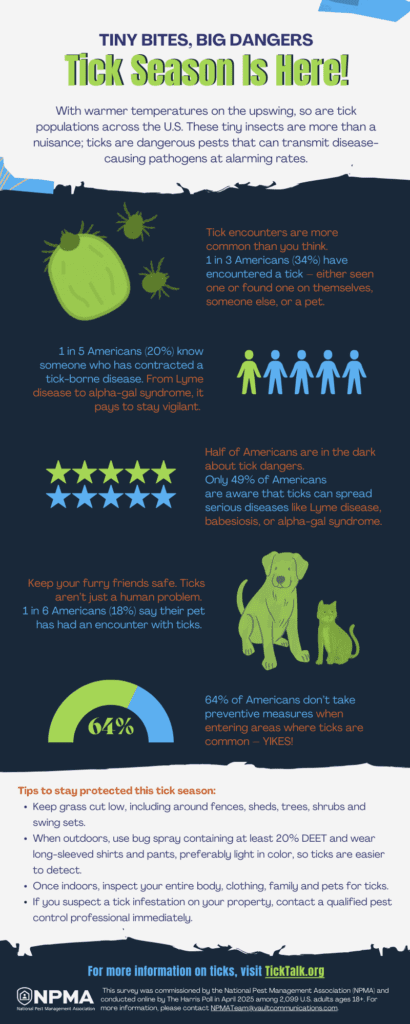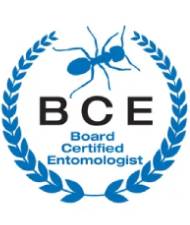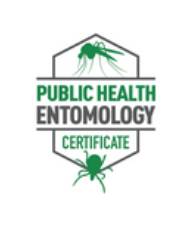Tick Season in Missouri, What to Know

Tiny Bites, Big Dangers: Navigating Tick Season in Missouri
As spring blooms and temperatures climb, Missouri’s landscapes come alive with vibrant greenery—and unfortunately, ticks. Tick Season is Here, and with warmer weather fueling a surge in tick populations across the U.S., these tiny insects pose a significant threat. Far more than a mere nuisance, ticks are dangerous pests capable of transmitting disease-causing pathogens at alarming rates. In Missouri, where dense forests, grassy fields, and humid summers create ideal tick habitats, understanding the risks and taking preventive measures is critical for residents and their pets.
Ticks in Missouri: Small but Mighty Threats
Missouri is home to several tick species, each with its own habits and disease risks. The most common ticks in the state include:
- Lone Star Tick: Recognizable by the white “star” on the female’s back, this aggressive tick is widespread in Missouri’s woodlands and grassy areas. It’s a primary carrier of diseases like ehrlichiosis and is notorious for triggering alpha-gal syndrome.
- American Dog Tick: Often found in grassy fields and along trails, this tick is a key vector for Rocky Mountain spotted fever and can affect both humans and pets.
- Blacklegged Tick (Deer Tick): Though less common in Missouri than in northeastern states, this tick is a major carrier of Lyme disease and is found in wooded areas.
- Brown Dog Tick: Frequently infesting homes and kennels, this tick targets dogs and can thrive indoors year-round if not controlled.
These ticks thrive in Missouri’s warm, humid climate, with peak activity from spring through fall. Their ability to latch onto hosts—humans, pets, or wildlife—makes them a persistent threat in rural and suburban areas alike.
The Stark Reality: Tick Statistics Highlight the Risk
Recent statistics underscore just how prevalent and dangerous ticks are, even for those who may not realize the extent of the problem:
- Ticks Are Everywhere: A staggering 1 in 3 Americans (34%) have encountered a tick, whether spotting one in the wild or finding one on themselves, a family member, or a pet. In Missouri, where outdoor activities like hiking, camping, and gardening are popular, these encounters are all too common.
- Tick-Borne Diseases Hit Close to Home: 1 in 5 Americans (20%) know someone who has contracted a tick-borne illness, such as Lyme disease or alpha-gal syndrome. These diseases can have life-altering consequences, making vigilance essential.
- Awareness Gaps Persist: Alarmingly, only 49% of Americans are aware that ticks can transmit serious diseases like Lyme disease, babesiosis, or alpha-gal syndrome. This lack of knowledge leaves many unprepared to protect themselves.
- Pets Are at Risk Too: Ticks don’t discriminate, and 1 in 6 Americans (18%) report their pets having tick encounters. Unprotected pets can bring ticks into the home, increasing risks for the whole family.
- Prevention Is Lacking: Despite the dangers, 64% of Americans fail to take preventive measures when venturing into tick-prone areas, leaving themselves and their loved ones vulnerable.
Understanding Tick-Borne Diseases: Lyme Disease, Alpha-Gal Syndrome, and Babesiosis
Ticks are notorious for spreading diseases that can have severe health impacts. Three of the most concerning issues in Missouri are:
- Lyme Disease: Caused by the bacterium Borrelia burgdorferi and transmitted primarily by blacklegged ticks, Lyme disease can lead to fever, fatigue, joint pain, and a characteristic “bull’s-eye” rash. If untreated, it may cause chronic symptoms affecting the joints, heart, and nervous system. Early detection and treatment are critical to prevent long-term complications.
- Alpha-Gal Syndrome: Unique to ticks like the lone star tick, this condition triggers an allergy to red meat and other mammal-derived products (e.g., dairy or gelatin). After a tick bite, the body may develop an immune response to a sugar molecule called alpha-gal, leading to symptoms ranging from hives and stomach issues to life-threatening anaphylaxis. For those affected, dietary and lifestyle changes become essential.
- Babesiosis: Caused by microscopic parasites (Babesia) transmitted primarily by blacklegged ticks, babesiosis infects red blood cells, leading to symptoms like fever, chills, fatigue, and muscle aches. In severe abortions, especially in those with weakened immune systems or no spleen, it can cause hemolytic anemia or organ failure. Though less common in Missouri, it’s a serious tick-borne disease requiring prompt medical attention.
Other diseases, like ehrlichiosis and Rocky Mountain spotted fever, further highlight the need to take ticks seriously.
Protecting Your Pets: Why Flea and Tick Programs Matter
Pets, especially dogs, are prime targets for ticks, particularly species like the American dog tick and brown dog tick. Beyond the discomfort of bites, ticks can transmit diseases to pets or carry them into your home, putting your family at risk. 1 in 6 Americans have dealt with ticks on their pets, a statistic that underscores the importance of prevention.
Enrolling your pet in a veterinarian-recommended flea and tick program is a proactive step. These programs typically include:
- Oral or Topical Medications: These kill ticks on contact or prevent infestations for weeks at a time.
- Collars: Tick-repellent collars provide long-term protection for pets that spend time outdoors.
- Regular Checkups: Vets can spot signs of tick-borne illnesses early and recommend tailored prevention strategies.
By keeping your pet protected, you reduce the risk of ticks hitching a ride indoors, where they can infest bedding, carpets, and furniture.
Tips to Stay Protected This Tick Season
With ticks posing such a widespread threat, taking preventive measures is non-negotiable. Here are practical steps to keep you, your family, and your pets safe:
- Dress Smart: Wear long sleeves, pants, and light-colored clothing to spot ticks easily. Tuck your pants into your socks or boots when hiking or in wooded areas.
- Use Repellents: Apply EPA-approved repellents containing DEET, picaridin, or permethrin to skin and clothing. Treat gear and pet bedding with permethrin for added protection.
- Check for Ticks: After outdoor activities, thoroughly check yourself, children, and pets for ticks, focusing on areas like the scalp, behind the ears, armpits, and groin. Shower within two hours to wash off unattached ticks.
- Maintain Your Yard: Keep grass short, clear leaf litter, and create a barrier of wood chips or gravel between lawns and wooded areas to reduce tick habitats.
- Protect Pets: Use vet-recommended flea and tick preventatives and check pets daily for ticks, especially after outdoor play.
- Wash and Dry: Launder clothes and gear in hot water and dry on high heat to kill any lingering ticks.
Why Recurring Pest Management Is Essential
This blog highlights the pervasive danger of ticks in Missouri and the critical need for awareness and prevention. Ticks aren’t just a seasonal annoyance—they’re a year-round health risk capable of transmitting debilitating diseases like Lyme disease and alpha-gal syndrome. With 1 in 3 Americans encountering ticks and 64% neglecting preventive measures, the stakes are high.
Recurring pest management at your home is a game-changer in the fight against ticks. Professional pest management services can:
- Target Tick Hotspots: Experts identify and treat areas where ticks thrive, such as tall grass, leaf piles, and wooded edges.
- Provide Ongoing Protection: Regular treatments create a barrier around your property, reducing tick populations over time.
- Safeguard Pets and Family: By minimizing ticks in your yard, you lower the risk of bites and disease transmission.
- Offer Peace of Mind: Knowing your home is protected allows you to enjoy outdoor activities with confidence.
In Missouri’s tick-friendly environment, proactive pest management is not just a luxury—it’s a necessity. By combining personal precautions with professional services, you can protect your home, health, and loved ones from the tiny bites that carry significant dangers. Stay vigilant this tick season, and make prevention a priority.

Jeffery Preece, BCE, PHE
Jeffery Preece is the owner and technical director of ZipZap Termite & Pest Control.



